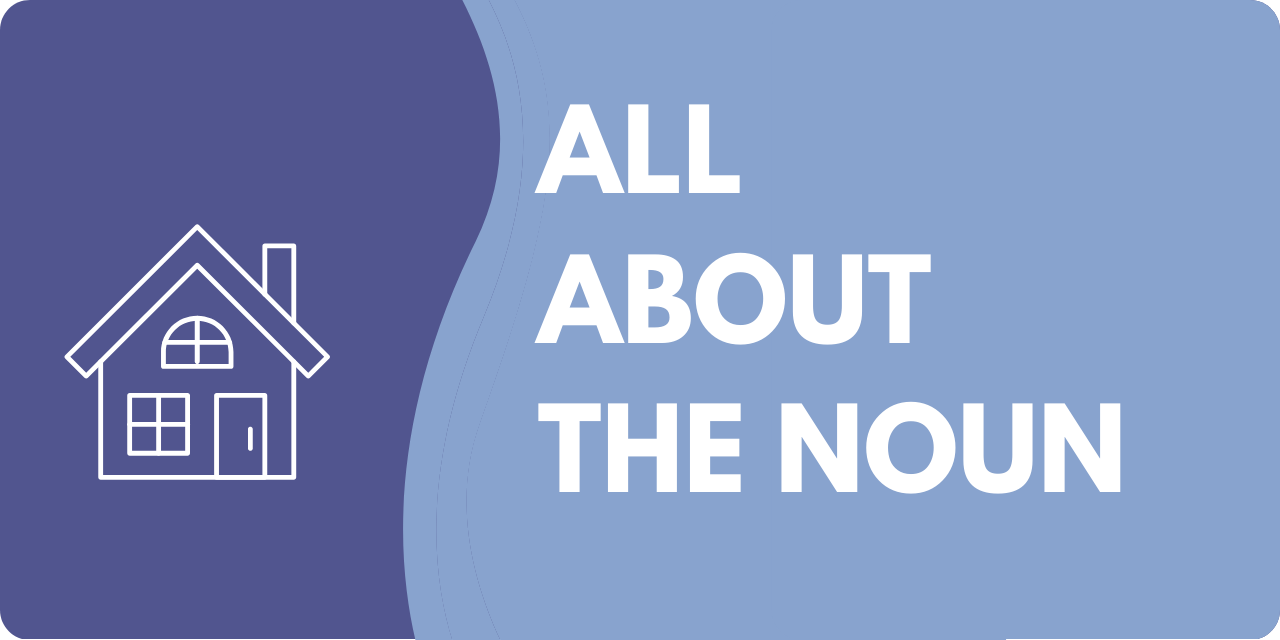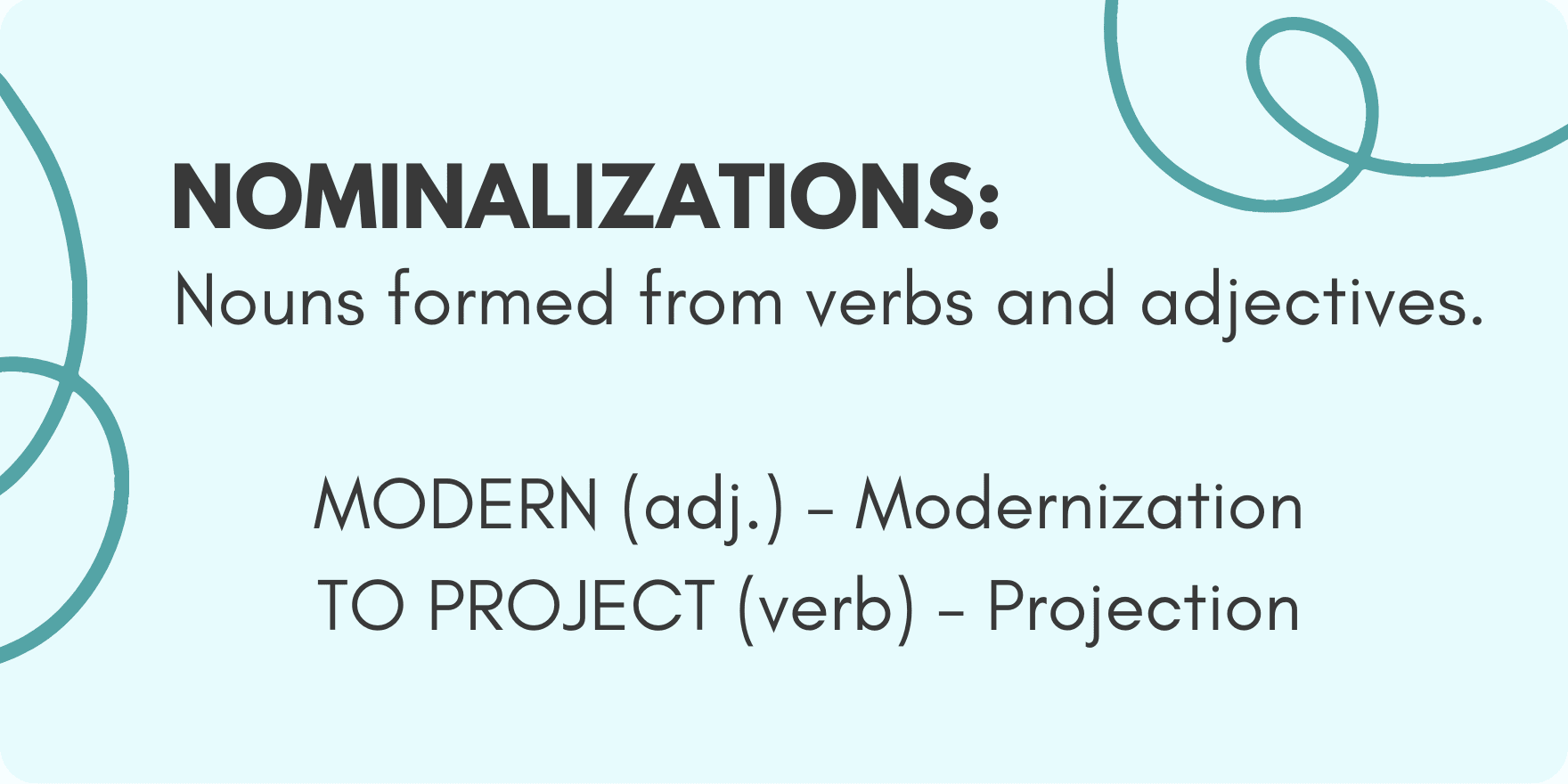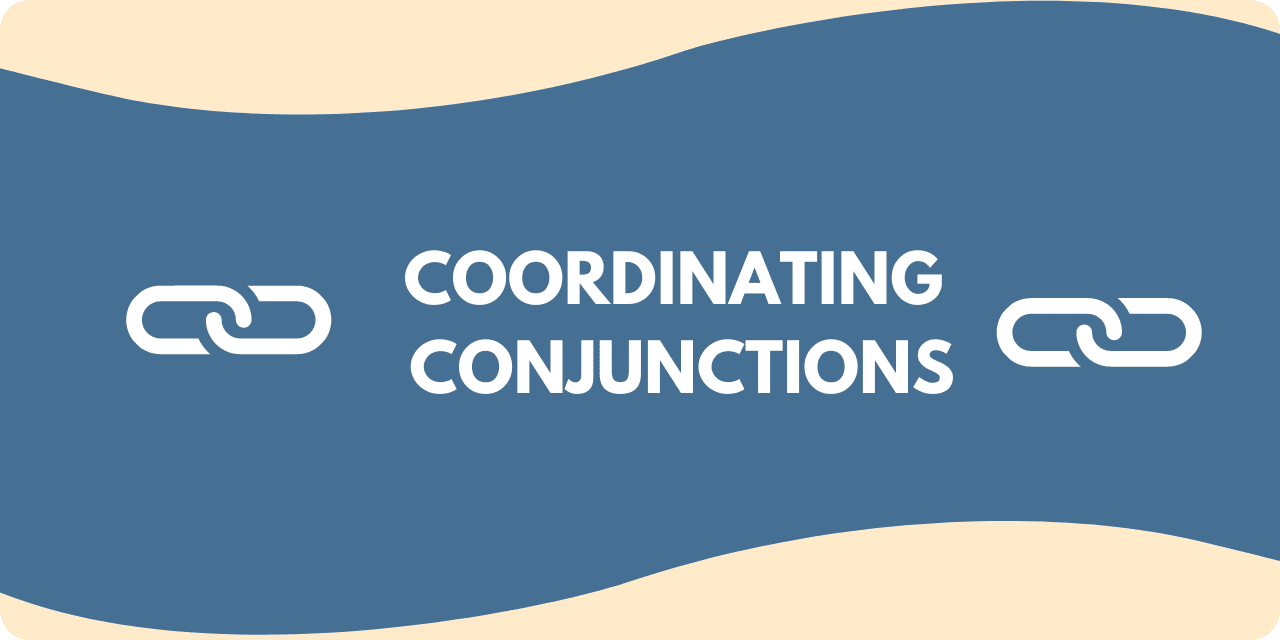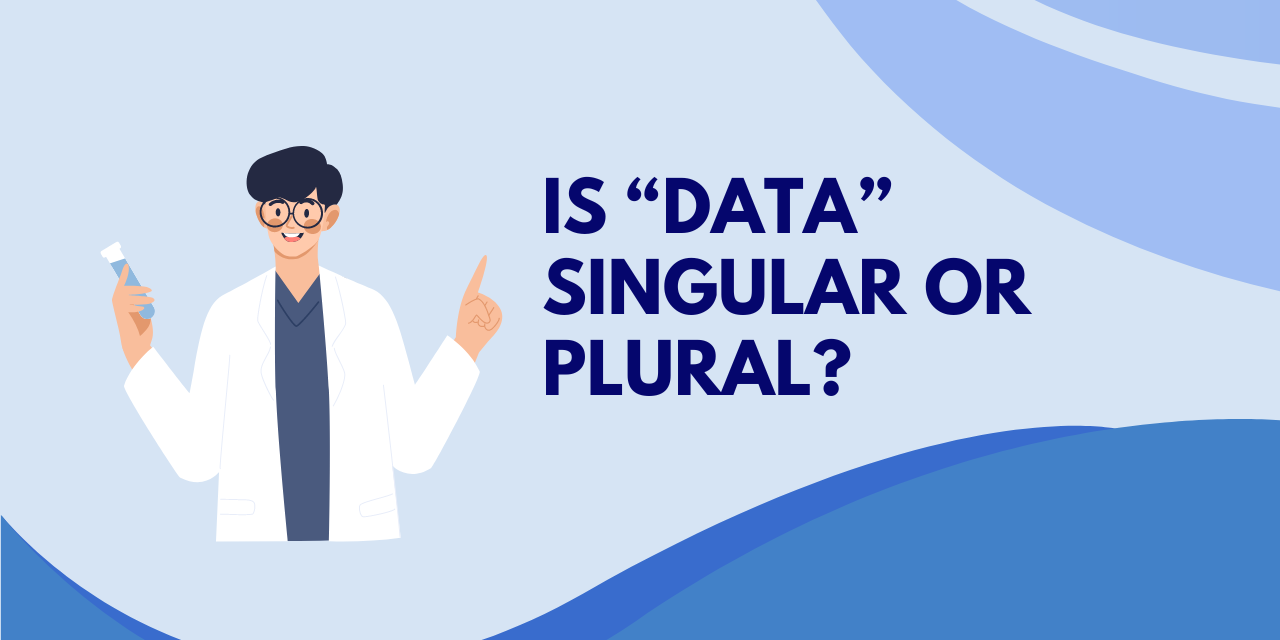People sometimes struggle to understand when it is proper to use “been” and “being” in writing, and some even experience difficulty using the base or infinitive version “to be.” Here is a quick guide to success!
- “Be” is the root form of the verb, most often found as part of the infinitive “to be,” but may also be an imperative verb.
- “Being” can be a noun and a present particle in the progressive tense or part of a gerund phrase.
- “Been” is a past participle and joins “have” to form the perfect tense.
Learning and using proper grammar in speech and writing can be difficult, especially when tough labels such as “infinitives,” “participles,” and “gerunds” are thrown into the mix. These designations apply to different forms of the root word “be.”
However, understanding how to use the verb forms “be,” “being,” and “been” does not have to be complicated.
Let’s break down each form and walk through proper usage using examples to help when wading through complex vocabulary.
To Be
One of the most commonly quoted Shakespeare quotes comes from Hamlet. As the titular character struggles to decide whether to go on living, he utters the famous phrase, “To be or not to be, that is the question.”
Here we contemplate whether to use “to be” or not.
To “Infinitive” and Beyond
First, “to be” is important because it is an infinitive. The word “infinitive” sounds scary, but it is simply the ground zero version of a verb before changing to any other form. It is the clay to mold for the speaker’s use.
In most languages, the infinitive is a single word, but English likes to be different. In English, it is two words, but one of those is always the same: to + base form of the verb.
Whether that is “to jump,” “to sing,” “to cry,” “to sleep,” or “to be,” they all have the word “to” in common.
However, it is improper (and weird) to say, “The baby to cry.” To make that work, we have to conjugate (change) the word to fit the circumstances, which usually have to do with who or what is the subject of the verb and when the action took place.
To illustrate –
The baby cried.
The baby cries.
The baby will cry.
Each of those changes tells you when this happened: past, present, future. Notice that the future tense requires two words in English, whereas most languages use one.
Sometimes you want to talk about the baby crying, but “crying” is not the main verb. That’s where the infinitive version comes in. Since the pressure is on some other verb, the infinitive is free to relax in its natural form: “to cry.”
The baby started to cry.
The difference here is that the baby didn’t cry but instead “started.” “To cry,” tells what the baby started – in this case, the crying action.
Now, let’s see how this works with our infinitive of the hour – “to be.”
- Martha wanted to be Captain Marvel for Halloween.
Notice that Martha is not Captain Marvel, whether in real life or for Halloween. At least, not yet – we do not know whether she missed her chance or if someone provided the answer when someone asked Martha about her Halloween plans. Yet, the primary verb in the sentence is “wanted,” so “to be” can plug in by itself to explain that state of existence that she desires.
- Alana spent her time playing video games when she needed to be working.
Once more, “to be” is not the primary verb. The infinitive chills between two other verbs – “needed” and “working.” Since “needed” goes with the subject and “to be” goes along with what is needed, it does not need to change form. However, for the meaning to be complete, the third verb form joins to finish the thought and explain what state she needed to be in – a working state.
“Be” Flying Solo
There is an instance where “be“ can appear without its constant infinitive companion.
The “imperative” sentence is one in which the speaker (or writer) is giving a direct command to the 2nd person pronoun “you,” where it is the reader or another character. You may remember “understood ‘you'” in grammar, where there is just a command and no actual subject.
It is “understood” that the command is for “you,” the person addressed.
When “be” is a direct command, it usually means to enter a state of mind or being:
- Be ready – the ball is coming your way.
There is no subject here, just a command to someone to prepare themselves for an incoming ball. It is “understood” that the command refers to a specific individual.
- Be angry; I don’t care.
Here is an apathetic invitation for someone to enter a specific state of mind.
Being
When used to refer to a person in general, “being” can be a noun:
- Clive is an all-around excellent human being.
- Shelly believes that there are beings from outer space.
In either situation, “being” refers to a living thing or state of existence.
However, the difficulty with using “being” generally stems from the verb form.
As Part of the Progressive Tense
The progressive tense sounds frightening but just means that a verb is in progress or ongoing. Because of this, the tense is sometimes called the “continuous” tense.
To express this nature, “being” will join with another form of “to be” that tells “when” the action takes place.
- Bart is being stupid.
The companion form “is” lets you know that this ongoing action is happening now.
- The kids were being silly on the bus.
“Were” lets you know that this was ongoing at an earlier time, which has now ended.
The future tense relies on “be” joined with “will” or “shall” to express a future idea. Otherwise, it would be strange to see:
- I know Bart will be being stupid tomorrow as well.
That’s a clumsy formulation, so avoid using it.
As a Gerund
As a what? Let’s keep it simple – a gerund is when you have a verb or verb phrase (in this case) that acts like a noun, usually as the subject of a sentence.
Take a look at how “being” can do this:
- Being happy is all that matters.
What is all that matters? “Being happy.” This abstract idea serves as the subject because it is what the sentence is about.
Here is another sentence where a phrase leading with the verb “being” serves as the subject.
- Being a good parent helps a child immensely.
Been
To properly use “been,” you need to bring along a version of his friend “to have.”
Together, the two express an ongoing action or serve as a link between a subject and adjective describing a persistent state.
- I have been waiting for you!
Together, these two verb forms indicate an ongoing action: “waiting.”
- Iris has been eating all day long.
The same is true here, but her action is eating.
- The students have been good today.
This situation is similar to the other examples, except now our verb duo links “students” to a word that describes them: “good.”
- Benny has been thirsty all day after eating the salty food.
The adjective “thirsty” describes Benny, and “has been” lets you know this state has persisted throughout this period.
Video
You can watch this video for further analysis of the difference between “being” and “been:”






